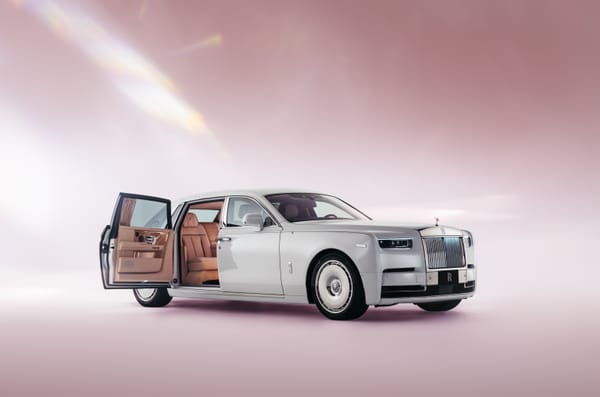From a 25-Cent Emerald to a Multi-Million Dollar Empire
Harry Winston is known for luxury and high-quality jewellery. For almost 100 years, the brand has been a top name in fine jewellery. Winston’s pieces have been worn by celebrities and royalty.
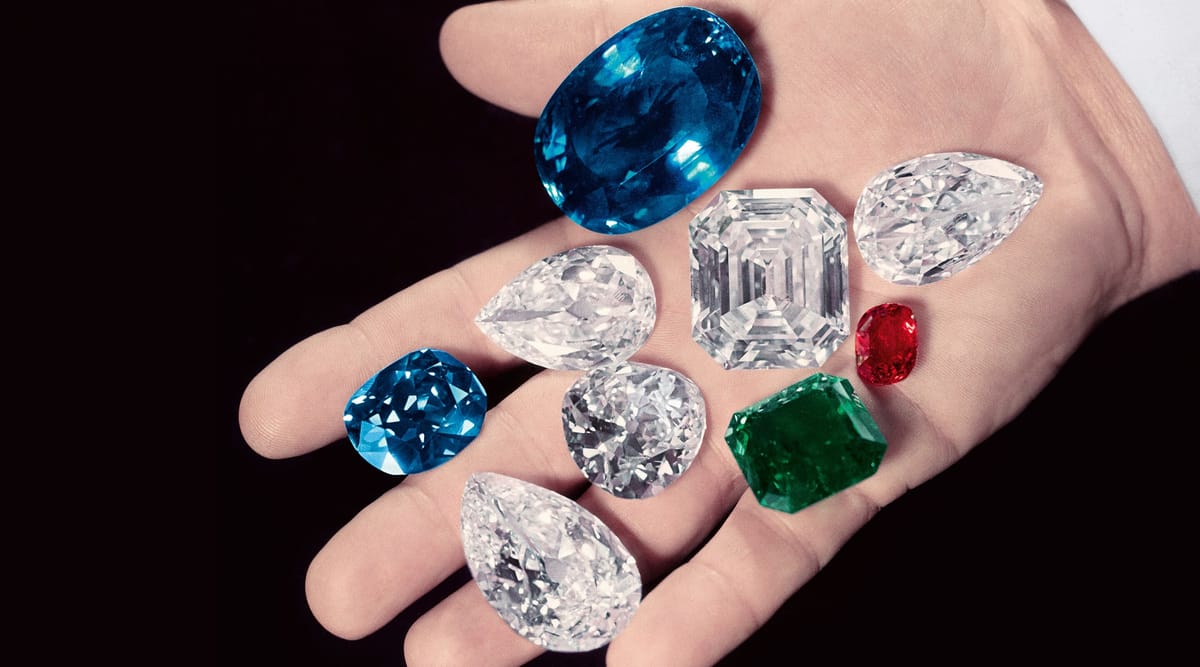
Harry Winston was born on 1 March 1896 in New York City to Ukrainian Jewish immigrants. His father owned a small jewellery shop in Manhattan, where the young Winston was first exposed to the world of gems and jewels. From an early age, Winston exhibited a keen eye for gems, a talent that would set the stage for his future success. At just 12 years old, he famously purchased a 2-carat emerald in a pawnshop for 25 cents and later sold it for $800, demonstrating a natural talent for recognising the value of precious stones. This incident is often cited as the beginning of Winston's lifelong passion for diamonds and gemstones.
Harry Winston
In 1920, at the age of 24, after gaining valuable experience in his family’s business, Harry Winston established his first venture, the Premier Diamond Company, located at 535 Fifth Avenue. As a newcomer running a one-man operation, Winston worked tirelessly, making strategic purchases of estate jewellery, resetting the stones, and selling them at a profit, which laid the foundation for his future success.
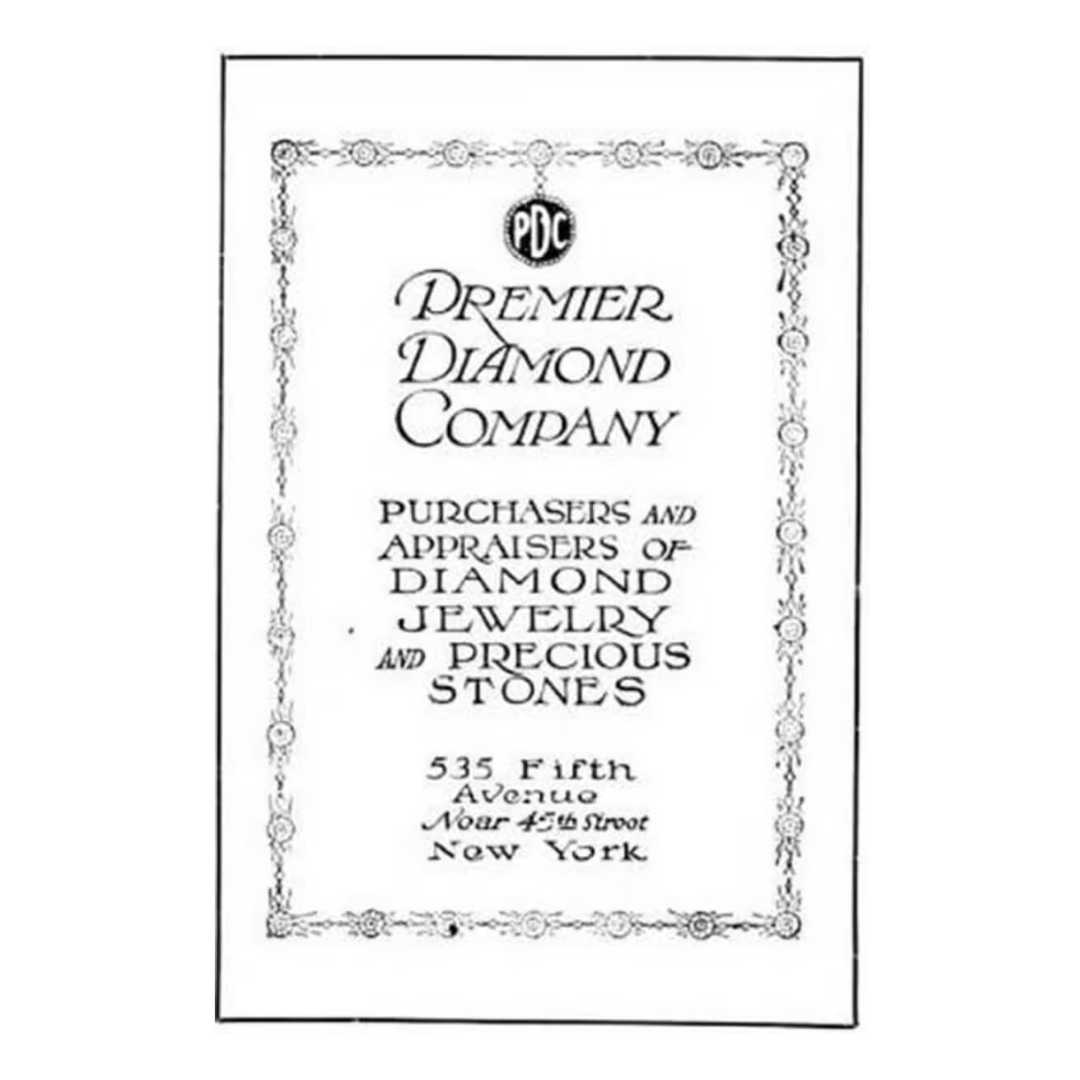
By 1932, Harry Winston had established a sterling reputation in the New York gem trade, leading him to found Harry Winston, Inc. in New York City. His revolutionary approach to jewellery design broke away from traditional heavy metal settings, focusing instead on showcasing the natural brilliance and colour of the gemstones. This innovative method became a hallmark of his work, earning him international acclaim. Winston’s name became legendary not only for his distinctive design style but also for his acquisition and sale of some of the world’s most famous diamonds. His unparalleled ability to spot exceptional stones and bring them into the public eye solidified his reputation as the premier diamond merchant of his time.
One of the most notable diamonds in Winston’s collection was the Hope Diamond, a 45.52-carat deep blue diamond with a history shrouded in mystery and myth. The diamond had passed through the hands of kings, queens, and heiresses and was reputed to carry a curse. Winston purchased the gem in 1949 from the estate of Evalyn Walsh McLean, a socialite and former owner of The Washington Post. Winston, however, dismissed the rumours of a curse and saw only the diamond’s extraordinary beauty and potential. In a bold move, he later donated the Hope Diamond to the Smithsonian Institution in 1958, sending it via registered post in a plain brown paper-wrapped package. This act of philanthropy not only ensured the diamond’s place as a national treasure but also cemented Winston’s reputation as a jeweller with a deep sense of history and legacy.
Another significant acquisition was the Jonker Diamond, a 726-carat rough diamond discovered in South Africa in 1934. Winston purchased it and later cut it into 12 individual gems, one of which was the 125.35-carat Jonker I diamond, known for its flawless clarity. The Jonker was a test of Winston’s innovative techniques and his understanding of how to maximise the potential of a diamond. He used new methods of cutting, revealing the diamond’s exceptional qualities. The Jonker diamonds became highly sought after, solidifying Winston’s reputation as a master cutter.
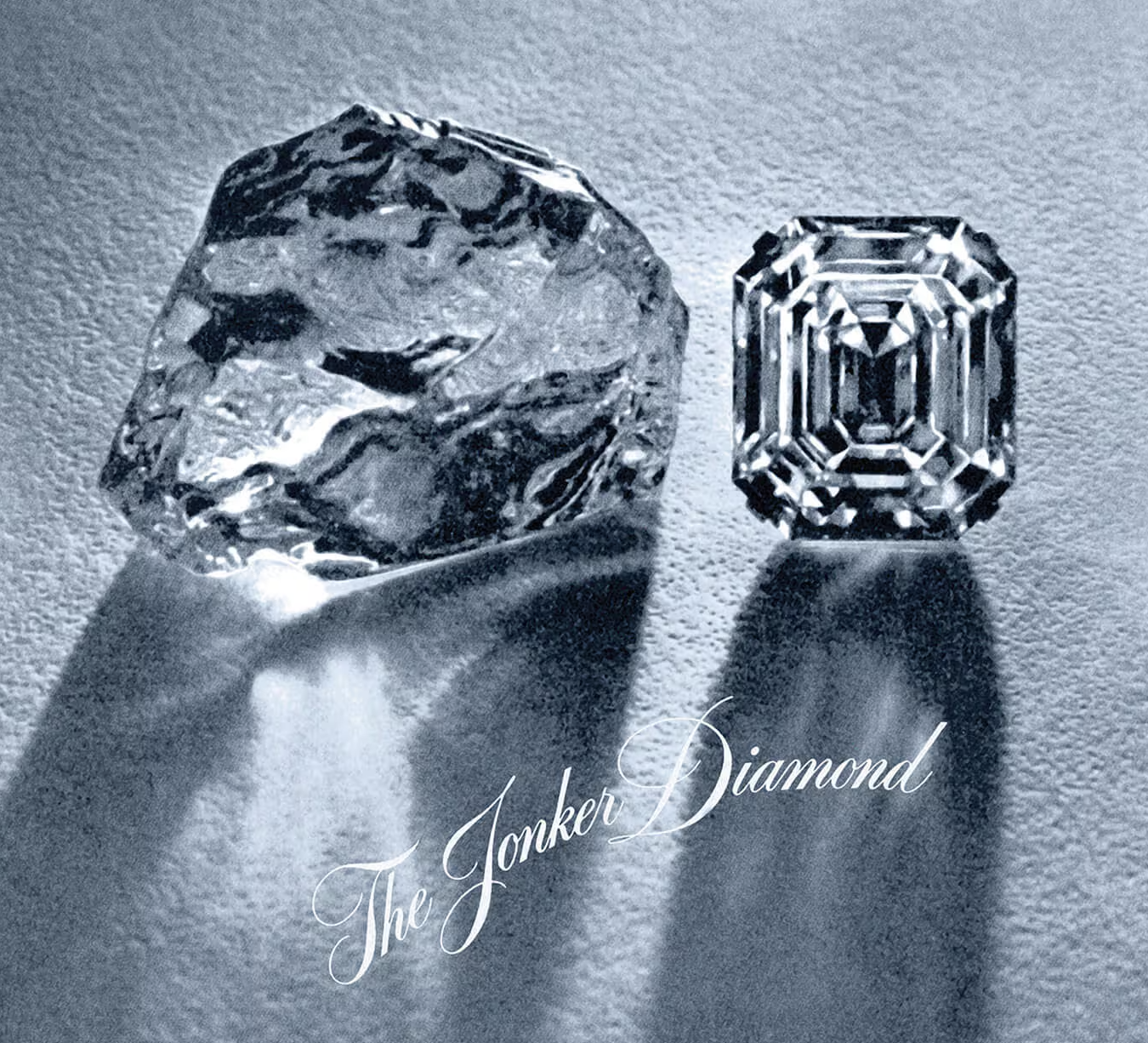
The Vargas Diamond, a 726.6-carat rough diamond, was another noteworthy gem in Winston’s collection. Discovered in Brazil in 1938, it was subsequently cut into 29 individual gems by Winston’s team, showcasing his ability to handle some of the world’s largest and most challenging diamonds with unmatched skill and artistry.
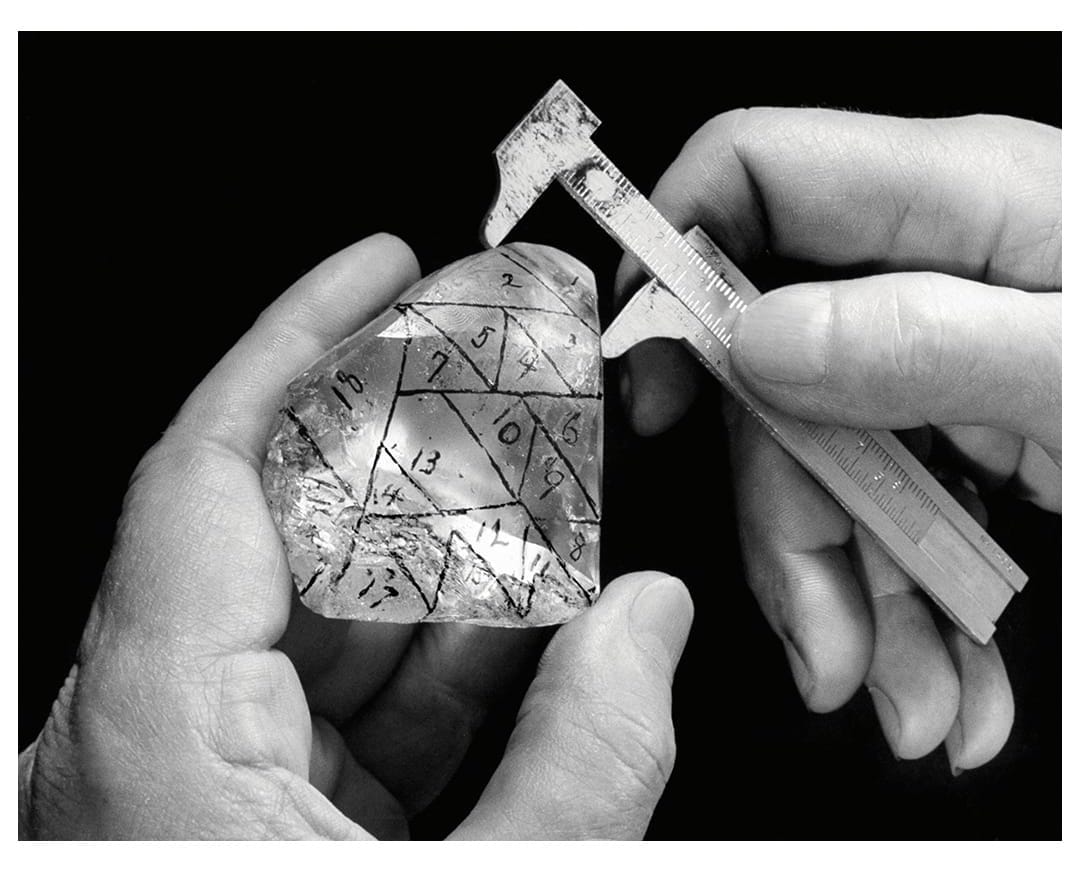
Harry Winston’s influence extended beyond the world of high society into Hollywood. The brand’s association with the Academy Awards began in 1944, when Jennifer Jones wore a Harry Winston diamond brooch to accept her Best Actress Oscar for her role in The Song of Bernadette. This marked the beginning of a long-standing relationship between the brand and the film industry, establishing Harry Winston as the jeweller of choice for Hollywood’s elite.
Winston’s jewels quickly became a staple on the red carpet, adorning some of the most famous actresses of the 20th century. Marilyn Monroe famously mentioned Winston in her iconic performance of "Diamonds Are a Girl’s Best Friend" in the 1953 film Gentlemen Prefer Blondes. The line “Talk to me, Harry Winston, tell me all about it!” immortalised the brand in popular culture and further solidified its association with glamour and luxury.
Perhaps the most famous instance of Winston jewellery on the red carpet occurred in 1998, when actress Gloria Stuart, then 87 years old, wore the 15-carat “Heart of the Ocean” blue diamond necklace, inspired by the movie Titanic, to the Academy Awards. The necklace, designed by Harry Winston, became an instant sensation, reinforcing the brand’s status as the jeweller to the stars. The “Heart of the Ocean” is often cited as one of the most memorable pieces of jewellery in Oscar history, a testament to the enduring allure of Harry Winston’s creations.
In more recent years, Harry Winston continues to be a prominent presence at major award shows, with stars like Charlize Theron, Jennifer Lopez, and Anne Hathaway all donning the brand’s exquisite pieces. The brand’s jewellery, often described as timeless yet contemporary, remains a favourite among Hollywood’s leading ladies.
Harry Winston’s legacy continued to flourish even after his death in 1978. His sons, Ronald and Bruce Winston, took over the business, upholding the high standards of excellence established by their father. Under their leadership, the brand thrived and expanded its influence, reaching new heights. Ronald Winston, in particular, played a crucial role in preserving the company’s commitment to the highest quality gemstones and innovative designs. He spearheaded the creation of several new collections, each paying tribute to his father’s legacy while pushing the boundaries of modern jewellery design.
In 2013, the Swatch Group, a Swiss conglomerate known for its expertise in watches and luxury goods, acquired the company. This acquisition enabled Harry Winston to broaden its global presence, opening new boutiques in major cities such as London, Paris, Tokyo, and Hong Kong. The Swatch Group’s resources facilitated the brand’s expansion while maintaining its dedication to the craftsmanship and quality that had earned it its reputation.
Today, Harry Winston operates boutiques in major cities worldwide, offering a range of high jewellery, timepieces, and bridal collections, all characterised by the same commitment to quality and craftsmanship that defined Winston’s original vision. Each piece is meticulously crafted, with the brand continuing to source only the finest diamonds and gemstones. The company’s dedication to excellence ensures that every Harry Winston creation is not just a piece of jewellery but a work of art.
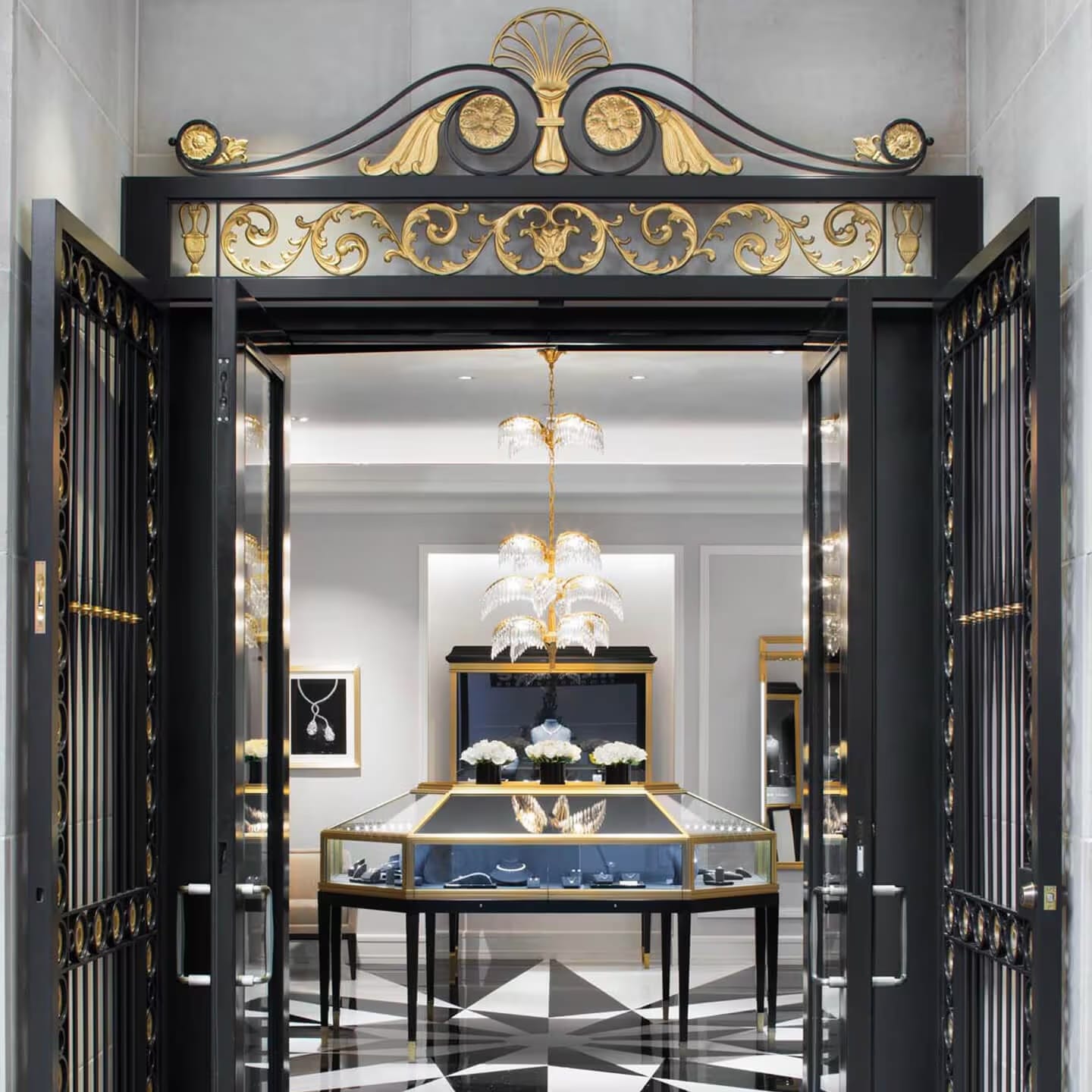
The Winston way
What truly sets Harry Winston apart from other jewellers is its meticulous approach to sourcing and cutting diamonds. The company is renowned for acquiring only the finest stones, often purchasing rough diamonds directly from mines and overseeing the cutting process to ensure that each gem reaches its full potential. This commitment to perfection is evident in every piece that bears the Harry Winston name.
The "Winston Cluster," a signature design introduced in the 1940s, exemplifies this approach. The technique involves setting stones at varying angles to create a three-dimensional, floral-inspired arrangement that maximises the brilliance of each gem. This design has become a staple of the brand, symbolising the innovative spirit that Harry Winston himself embodied. The Winston Cluster remains one of the most recognisable designs in high jewellery, representing the brand’s dedication to both innovation and tradition.
Harry Winston’s dedication to craftsmanship extends beyond jewellery. The brand’s watchmaking division was established in the early 1980s and has since gained a reputation for excellence. Harry Winston timepieces are known for their intricate designs and the use of rare materials, often incorporating diamonds and other precious stones into the watch’s design. The brand’s commitment to innovation is evident in its horological creations, particularly the "Opus" series, which began in 2001 as a collaboration with some of the world’s most talented independent watchmakers. Each "Opus" watch exemplifies the brand’s forward-thinking approach and its willingness to push the boundaries of traditional watchmaking.
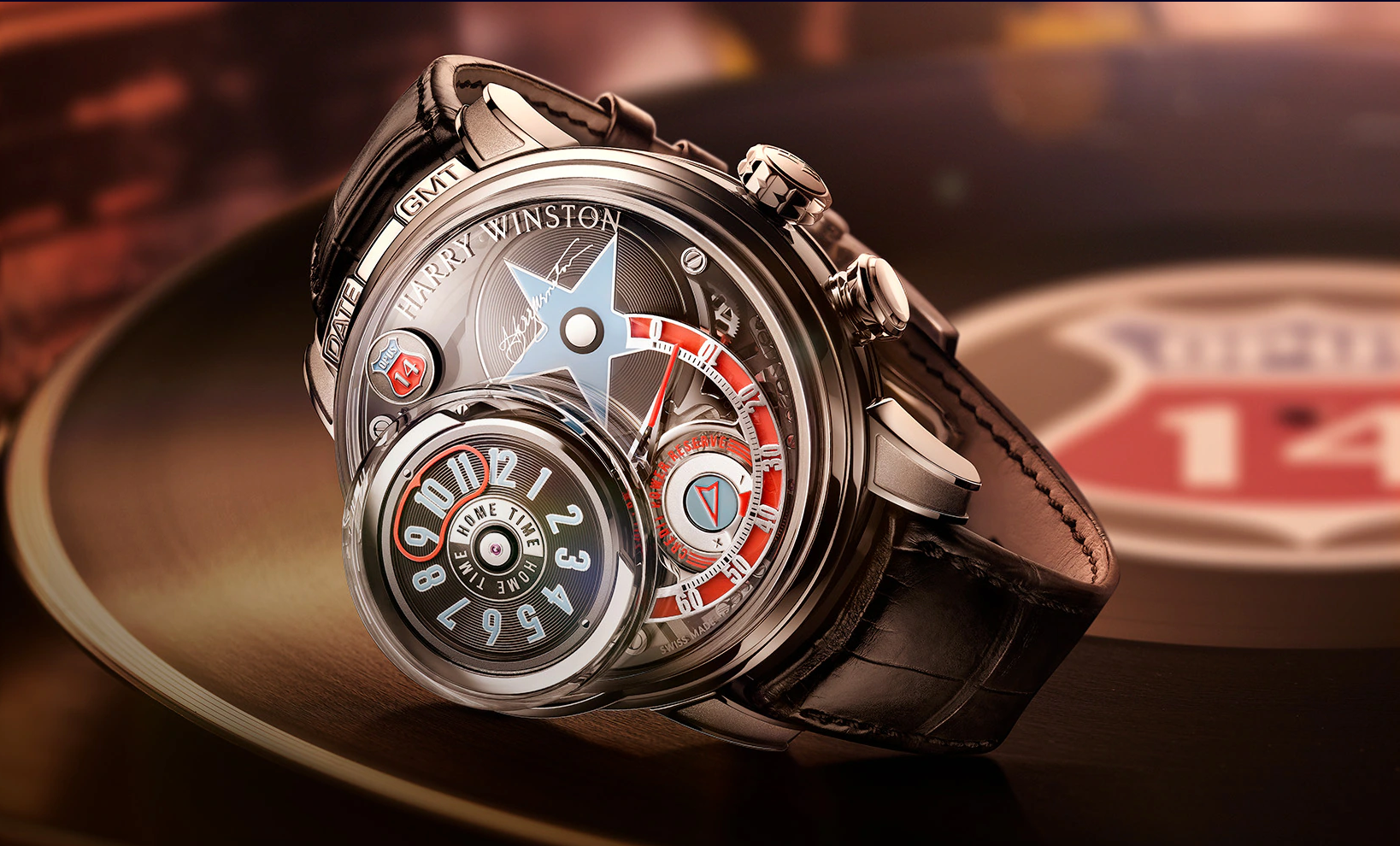
Harry Winston’s influence on jewellery design extends far beyond his own collections. His approach to diamond cutting and setting has influenced generations of jewellers, and his emphasis on showcasing the gemstone rather than the metal setting has become a standard in the industry. Winston was one of the first jewellers to recognise the potential of minimalist design, allowing the stone to be the focal point of the piece. This philosophy has been widely adopted by modern jewellers and remains a guiding principle in contemporary jewellery design.
Winston’s impact is also evident in the way he revolutionised the marketing and presentation of high jewellery. He was among the first to lend his pieces to celebrities for major events, understanding the power of visibility and public recognition. This practice has become commonplace in the industry today, with many luxury brands following in his footsteps.




